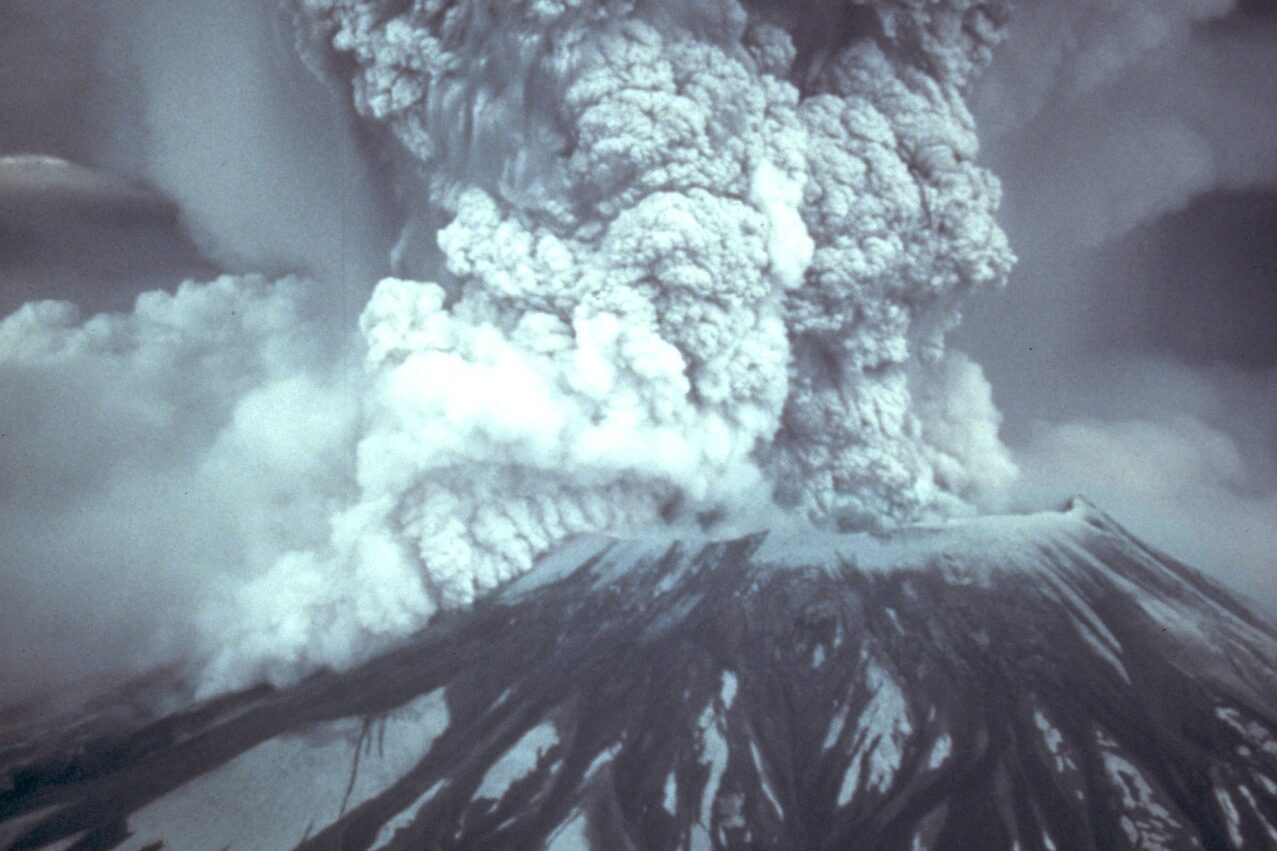An Event You Wouldn’t Wish to Witness

This is one of the most powerful natural forces on Earth and it’s sitting quietly beneath Yellowstone National Park. The Yellowstone Supervolcano hasn’t erupted in over 640,000 years, but scientists continue to study it closely, just in case. So what would actually happen if it erupted today? In this breakdown, experts walk us through the first 24 hours after a potential eruption, from the initial warning signs to the devastating chain of events that could reshape North America and ripple across the globe.
1. The Ground Would Shake Violently Before the Explosion

Long before Yellowstone blows, the Earth would give us clear warning signs if we’re paying attention. A series of increasingly powerful earthquakes would ripple across the region, each one signaling that something catastrophic is about to happen. People in Wyoming, Montana, and Idaho would feel the tremors first. At first, it might seem like a strong but typical quake. Then another would follow. And another. Within hours, roads would crack open, gas lines would rupture, and panic would spread. People would instinctively flee, but many wouldn’t know where to go.
Source: newsweek.com
2. A Towering Ash Would Darken the Sky

The moment Yellowstone erupts, it would be an atmospheric event. A supervolcano doesn’t just spit out lava; it launches ash, rock, and gas miles into the air with the force of a nuclear explosion. Scientists predict that the initial blast would send a column of ash and debris soaring more than 20 miles high, piercing the stratosphere. The sky, once blue, would turn a sickly shade of gray and orange. For those watching from a distance, it would be like witnessing the birth of an artificial night. But this is a microscopic shards of volcanic glass, sharp enough to cut into lungs and deadly if inhaled in large amounts. The ash would spread terrifyingly fast, carried by the wind at hundreds of miles per hour.
Source: science.howstuffworks.com
3. Pyroclastic Flows Would Obliterate Everything Nearby

While the towering ash cloud would be visible for miles, something even deadlier would be happening much closer to the eruption site. A supervolcano also unleashes pyroclastic flows, i.e, unimaginably fast waves of superheated gas, rock, and ash that rush down the volcano’s slopes like a tsunami of fire. These flows can move at speeds over 300 miles per hour, and the temperatures inside them can reach 1,800°F hot enough to melt metal, incinerate buildings, and instantly kill anything in their path. Everything within a 50 to 100-mile radius of the eruption would be completely erased. The national parks, the forests, the rivers; gone. Cities and towns around wouldn’t stand a chance. People who tried to escape by car would quickly realize that nothing outruns a pyroclastic flow.
Source: youtube.com
4. Severe Air Quality Crisis

Breathing in volcanic ash is hazardous. In the first 24 hours, hospitals and clinics, even those far from Yellowstone would be overwhelmed with people suffering from respiratory distress. The fine particles can scar lungs, aggravate asthma, and cause long-term health problems. Water supplies would be contaminated as ash settles into reservoirs and rivers. The air would smell of sulfur and be thick with dust, making outdoor activity dangerous for everyone, especially the elderly and those with pre-existing conditions
Source: usgs.gov
5. Global Weather Disruption Starts

Even as the immediate disaster unfolds in the United States, the eruption would begin to affect the world’s climate. The ash and sulfur aerosols injected high into the atmosphere would start reflecting sunlight away from Earth, leading to a drop in global temperatures. Scientists say this “volcanic winter” effect could be felt within hours, with temperature drops and altered weather patterns across the Northern Hemisphere. Crops would also be threatened by sudden ash coverings and reduced sunlight, setting the stage for food shortages in the weeks and months ahead.
Source: britannica.com
The first day of a Yellowstone super volcanic eruption would be a cascade of disasters, each than riskier the last. While the odds of such an event are extremely low, understanding the science helps us appreciate the raw power of our planet and why monitoring super volcanoes matters. If you found this breakdown eye-opening, share it with friends and keep exploring the fascinating world of geology and natural hazards.


